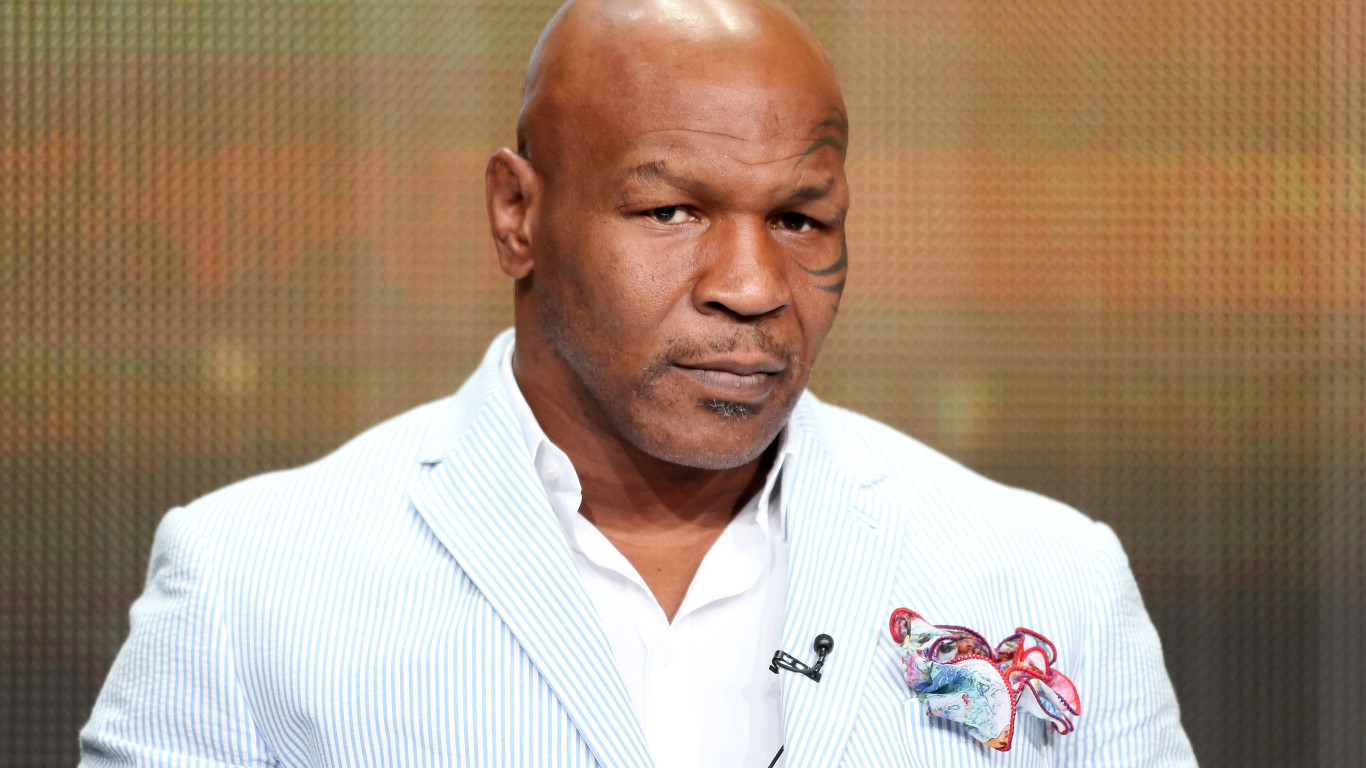
Last week we noted that the largest cable companies in the United States now have a larger number of broadband subscribers than they do pay-TV subscribers. A full two-thirds of Americans own a smartphone and 80% of U.S. viewers watch YouTube videos, compared with 78% who watch pay TV.
While it’s still way too early to declare pay TV dead, it is not too early to say that its influence is declining. Cord-cutting has dropped out of the headlines, but in a survey completed by research firm nScreen Media in May, a full 17% of broadband users cancelled their subscriptions to cable TV and 10% said they have never had a subscription. These users are typically younger and are not expected to change their habits much as they get older. From the nScreen Media report:
Millennials [ages 18 through 29] strongly prefer digital media over traditional. They are 24% more likely than average to use Internet subscription services, 20% free Internet video and 14% owned digital movies and TV shows. They’re also 10% more likely to watch home videos. On the other hand, they are less likely to subscribe to pay-TV. 63% say they currently subscriber versus 77% of 30-49 year olds.
Disney has indicated plans to use Maker Studio as a promotional platform for its franchise platforms like Star Wars as a way to attract millennials by improving both distribution and reach of short-form video using Disney-owned characters and stories as well as the company’s substantial production expertise. It could be a potent combination.
As for similar MCNs, Otter Media, the joint media venture between AT&T Corp. (NYSE: T) and privately held Chernin Group, recently paid $200 million to $300 million for a majority stake in MCN Fullscreen. Another well-known MCN, fashion-focused StyleHaul, is reportedly being courted by the likes of Amazon.com Inc. (NASDAQ: AMZN) and Twenty-First Century Fox Inc. (NASDAQ: FOXA), as well as privately held Hearst and Condé Nast.
We can be pretty sure that Amazon won’t be adding channels to YouTube, but it could lift the price for MCNs if it decides to play hard in the space.
The advantages of the MCN are both its lower price tag and its attractiveness to a young audience. Starting a new TV network is far more expensive, and the target millennials may not tune in anyway.
ALSO READ: Cable Company Broadband Subscribers Now Outnumber Pay-TV Subscribers
Take This Retirement Quiz To Get Matched With An Advisor Now (Sponsored)
Are you ready for retirement? Planning for retirement can be overwhelming, that’s why it could be a good idea to speak to a fiduciary financial advisor about your goals today.
Start by taking this retirement quiz right here from SmartAsset that will match you with up to 3 financial advisors that serve your area and beyond in 5 minutes. Smart Asset is now matching over 50,000 people a month.
Click here now to get started.
Thank you for reading! Have some feedback for us?
Contact the 24/7 Wall St. editorial team.

